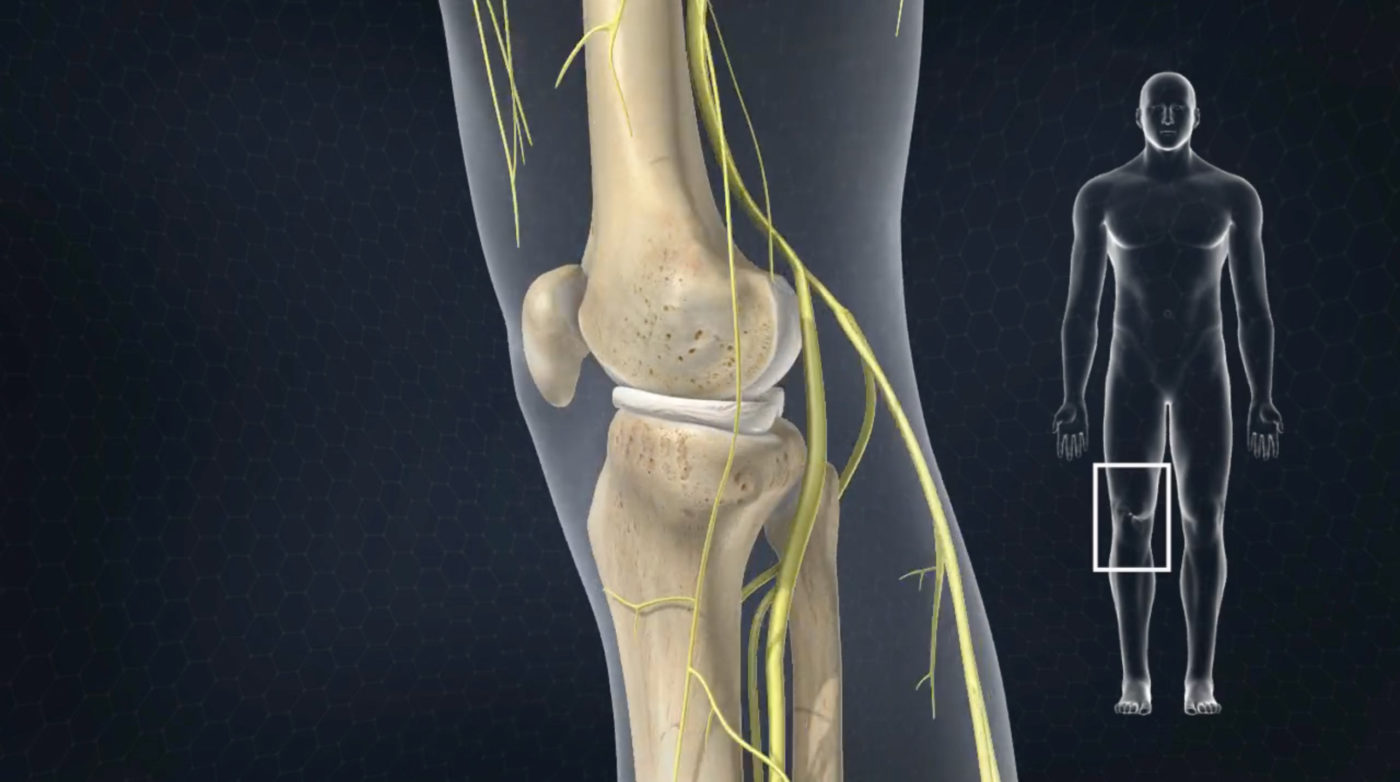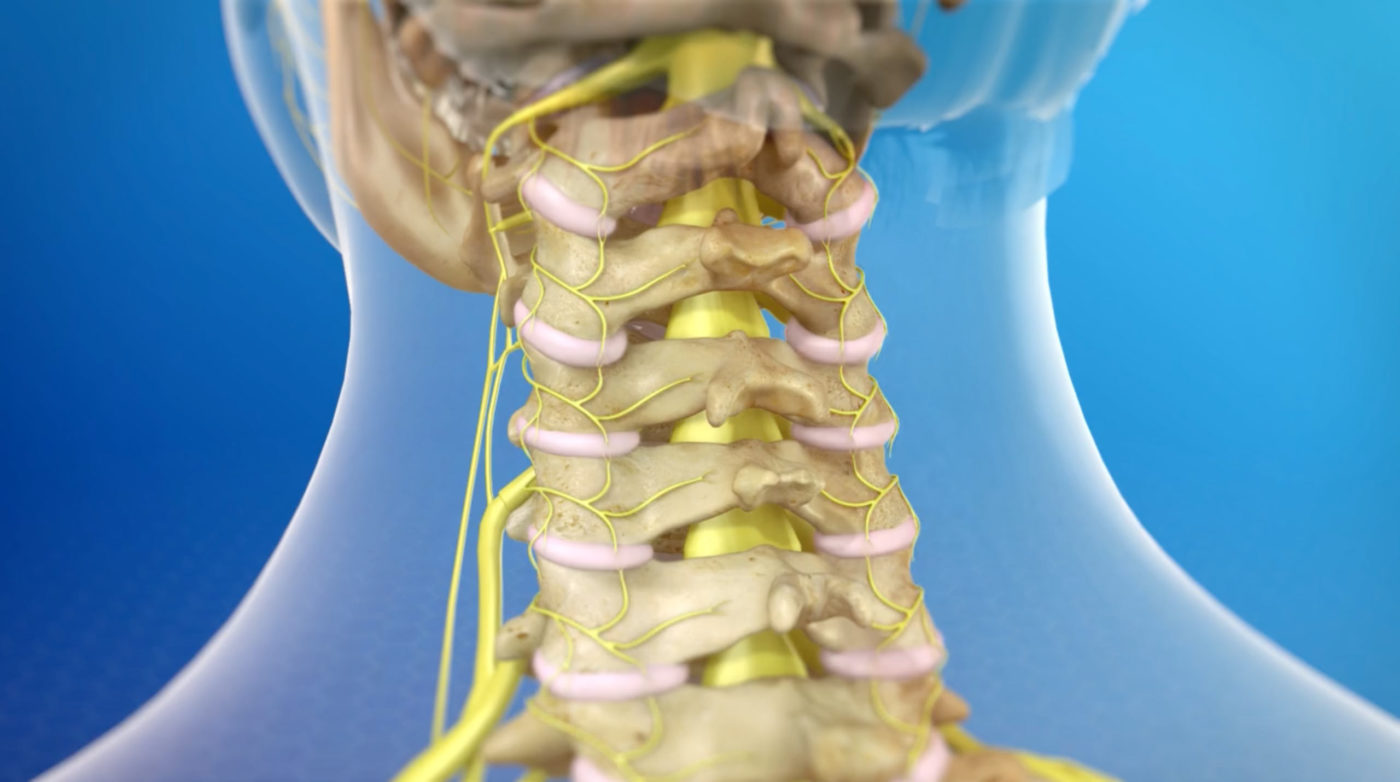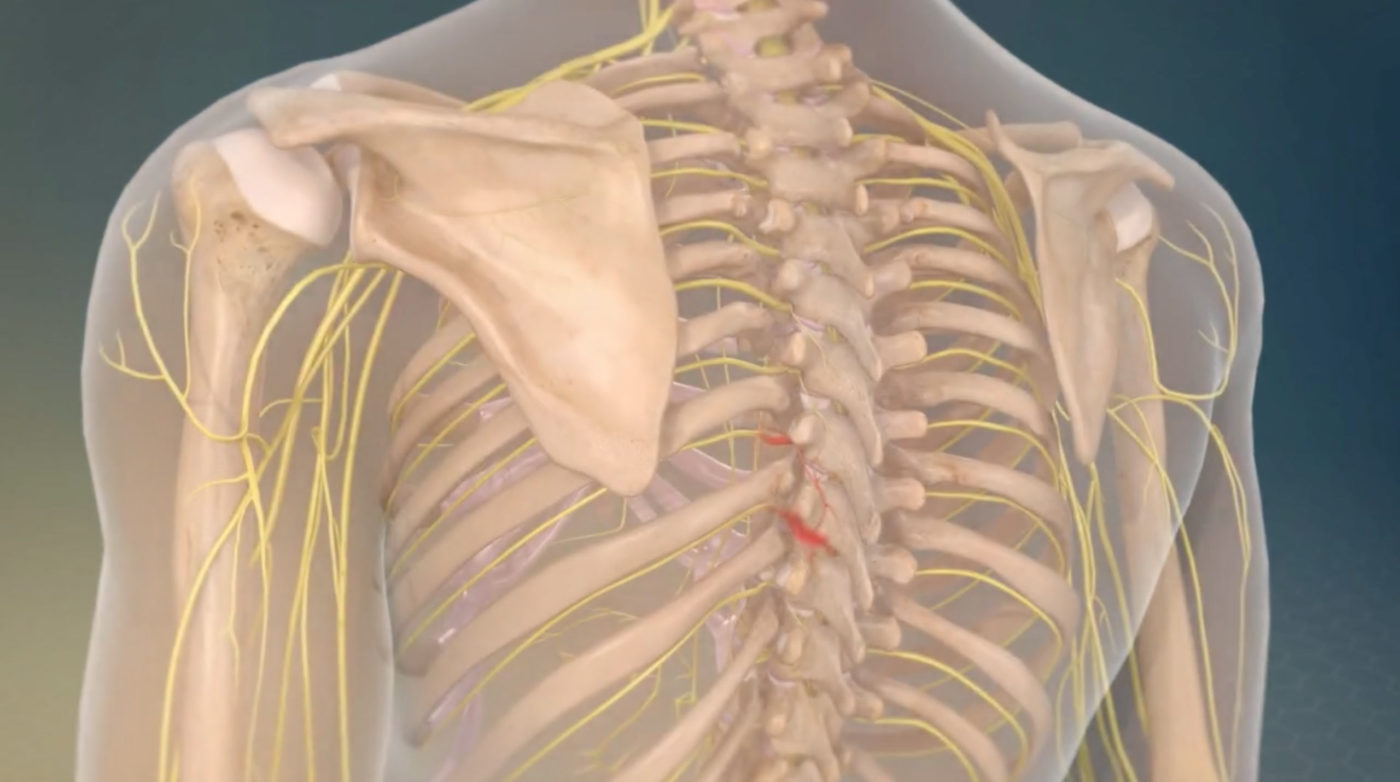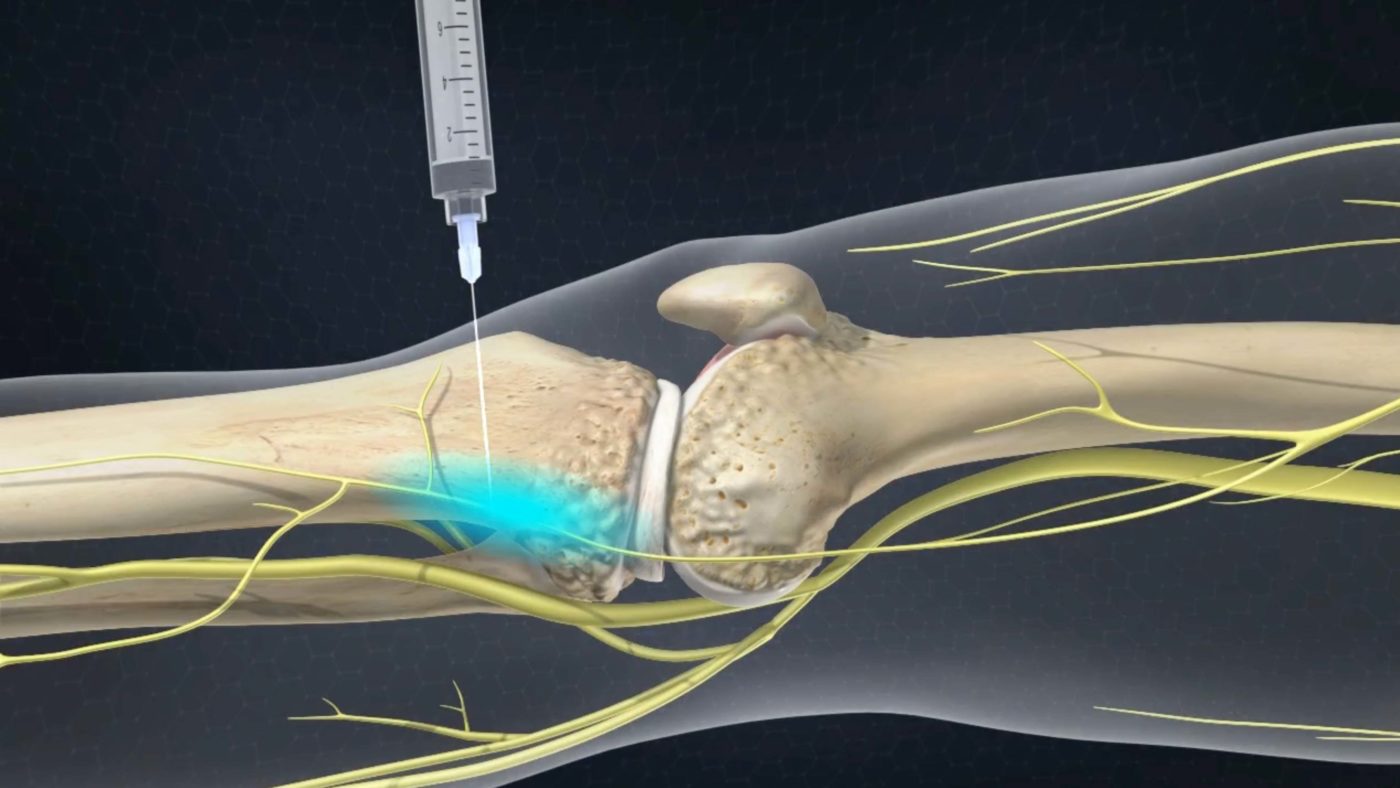Nerve Ablations or Radiofrequency Rhizotomy in Des Moines, IA
Also known as radiofrequency rhizotomy, this minimally invasive range of procedures helps relieve pain through the numbing of specific nerves.
Nerve Ablation or Burning in Des Moines, IA
During this outpatient procedure, the physician uses a radiofrequency device to heat up and disrupt the nerves to specific areas of the body. These are sensory nerves that transmit pain signals from the periphery to the brain. Disrupting these pathways can provide long term relief from pain.
Lumbar (low back) Radiofrequency Ablation in Des Moines, IA
Initially the nerves (medial branch nerves) are numbed using a local anesthetic. These nerves are attached to the facet joints of the spine. Disease or injury of these joints can cause pain in the medial branch nerves. This pain may travel through the low back, buttocks and/or hips. A medial branch block can help your physician find the source of your pain. If this procedure provides adequate temporary relief, then a radiofrequency ablation may be performed. During this minimally invasive procedure, the physician uses heat from radio waves to treat painful facet joints in your back.
Cervical (neck) Radiofrequency Ablation in Des Moines, IA
Initially the nerves (medial branch nerves) are numbed using a local anesthetic. These nerves are attached to the facet joints of the spine. Disease or injury of these joints can cause pain in the medial branch nerves. This pain may travel through the neck, shoulders, upper back and head. A medial branch block can help your physician find the source of your pain. If this procedure provides adequate temporary relief, then a radiofrequency ablation may be performed. During this minimally-invasive procedure, the physician uses heat from radio waves to treat painful facet joints in your neck.
Thoracic Radiofrequency Ablation in Des Moines, IA
Initially the nerves (medial branch nerves) are numbed using a local anesthetic. These nerves are attached to the facet joints of the spine. Disease or injury of these joints can cause pain in the medial branch nerves. This pain may travel through the upper or mid back. A medial branch block can help your physician find the source of your pain. If this procedure provides adequate temporary relief, then a radiofrequency ablation may be performed. During this minimally-invasive procedure, the physician uses heat from radio waves to treat painful facet joints in your back.
Genicular Nerve Block (G Block) in Des Moines, IA
This is an injection of anesthetic to the genicular nerves. These are the sensory nerves that transmit pain signals from the knee to the brain. Anesthetizing these nerves can disrupt the pain signal cause by degeneration of the knee. A genicular nerve block can provide temporary pain relief. It may help to determine if a patient is a candidate for nerve ablation or burning, which can provide long-term pain relief.





